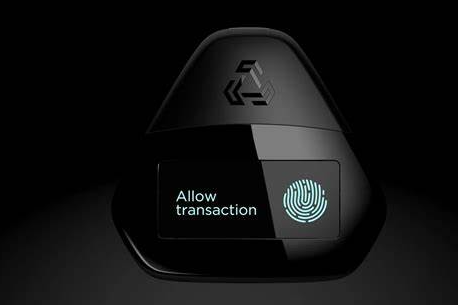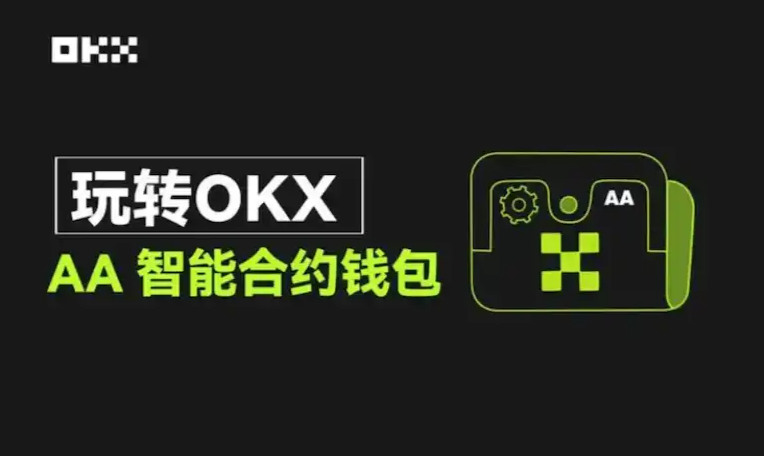Hello everyone, and welcome to the crypto newbie guide! Today, we’re going to discuss the differences between "on-chain wallets" and "exchange trading." For those who are just stepping into the crypto world, understanding these basic concepts is crucial. This knowledge not only impacts your security but also influences your overall experience in the crypto space. So, let’s break down these two topics and their pros and cons.

What is an On-Chain Wallet?
An on-chain wallet, as the name suggests, is a wallet that exists on the blockchain. Each on-chain wallet has a unique public key and private key used to manage and control assets. On-chain wallets can be divided into two main types: hot wallets and cold wallets.
Hot Wallets: These wallets are connected to the internet, making it easy to transact at any time. Most wallet applications (like MetaMask, Trust Wallet, etc.) are examples of hot wallets, which are very convenient to use.
Cold Wallets: Compared to hot wallets, cold wallets are entirely offline, often taking the form of hardware (such as Ledger or Trezor) or even paper wallets. This type of wallet offers a higher level of security, making it suitable for storing large amounts of digital assets.
What is an Exchange?
An exchange is a platform where users can buy and sell digital assets. Users can trade these platforms using fiat currency (like USD or CNY) or other cryptocurrencies. Well-known exchanges include Binance, Huobi, and Coinbase. Exchanges can be categorized as centralized or decentralized.
Centralized Exchanges: These are operated by a centralized company, where users create accounts on the exchange to deposit funds for trading. The exchange handles the transactions and stores users’ assets, making it relatively easy to use, but this also exposes users to risks like hacking.
Decentralized Exchanges: These exchanges operate without a central authority, allowing users to trade directly on the blockchain, which offers higher privacy and control. However, decentralized exchanges often have a higher barrier to entry, and transaction speeds may be slower.

Key Differences Between On-Chain Wallets and Exchange Trading
1. Control
On-Chain Wallet: When using an on-chain wallet, the user has full control over their private keys, meaning they have total authority over their funds. In any situation, only the user decides how to use their assets.
Exchange: On centralized exchanges, users' funds are stored in accounts on the exchange, meaning users do not fully control their assets. If an issue arises (like being hacked), users’ assets could be at significant risk.
2. Security
On-Chain Wallet: Cold wallets provide high security and can avoid online attacks, making them suitable for long-term asset storage. Hot wallets, while convenient, are less secure and more prone to phishing sites or malware attacks.
Exchange: Centralized exchanges present higher security risks. While most exchanges implement security measures like two-factor authentication, they can still be compromised. Decentralized exchanges are generally safer, but risks related to smart contracts still exist.
3. Use Cases
On-Chain Wallet: Ideal for users looking to hold and manage their assets long-term. Users can transfer and trade at any time. On-chain wallets usually offer direct connections to decentralized applications (DApps), making it easier to participate in DeFi and other applications.

Exchange: Suitable for frequent traders and short-term investors. Exchanges offer a variety of trading pairs and liquidity, allowing users to easily adjust their trading strategies.
4. Fee Structure
On-Chain Wallet: When making transfers with an on-chain wallet, users must pay transaction fees, which go directly to miners or validating nodes.
Exchange: When trading through an exchange, users typically pay trading fees and withdrawal fees. The fee structures vary between different exchanges, so users should be aware of these costs to keep expenses down.
Choosing the Right Tool
For newcomers in the crypto space, it's advisable to choose tools that fit your specific needs once you understand the basic concepts. If you plan to hold digital assets long-term, a cold wallet could be an excellent choice. On the other hand, if you prefer frequent trading, a centralized exchange might be more convenient.
No matter what you choose, always stay vigilant and ensure your assets are secure. We are currently in a golden era for digital currencies, and understanding these basic concepts will help you navigate your investment journey more safely and effectively.
Conclusion
Today, we explored the differences between on-chain wallets and exchange trading. I believe you now have a clearer understanding of these two concepts. I hope this article assists you in better grasping the fundamentals of the crypto world. If you have any further questions or would like to learn more, feel free to leave a comment! Let’s explore and grow together!
















No comments yet